A number of issues collide in autumn which can lead to an increase in lameness incidences in spring-calving, grass-based dairy farms.
One factor is that the sole of cows’ feet thins as the season goes on. This happens in the same way as the sole of a shoe gets thinner with the more walking done.
A thin, low sole is easier to penetrate than a wide, high sole, which offers more protection to the cow. Therefore, it is easier for stones and other foreign objects to get lodged in cows’ feet as they walk on roadways and concrete yards.
As herds are now starting to walk longer than normal to get to faraway parts of the farm for autumn grazing, the extra walking is also putting pressure on cows' feet.
Another factor is that as the weather gets wetter and daylight hours decrease farm roadways tend to remain wetter for longer.
Walking on wet roads is more difficult for cows and often there can be loose stone on wet roads or stone that is easily disturbed and comes away with the foot after being walked on.
Preventing lameness is difficult and there is no magic bullet
Wet surfaces and wet grass will also soften the cows’ feet.
All of these issues combine to make the autumn a high-risk period for lameness. Preventing lameness is difficult and there is no magic bullet.
Footbathing with a product to harden the hoof is seen as an effective treatment by some farmers and vets.
Others say that these products only have a very small benefit when it comes to reducing injuries and that footbathing is more effective against bacterial and other infectious diseases of the hoof.
It’s worth remembering that the vast majority of lameness on Irish farms is injury-related.
Roadways
Keeping roadways dry and smooth and allowing cows to walk at their own pace is probably the best approach at preventing lameness.
It’s a good idea to assess the condition of farm roadways over the next few weeks and take remedial action to improve surfaces, where necessary, over the dry period.
The intersection between the stone farm roadway and the concrete at the farmyard is often a flashpoint.
The pain for a cow walking on a stone on concrete is similar to a person walking on a Lego brick barefoot
The issue here is that stones from the farm roadway can be knocked onto the concrete.
The pain for a cow walking on a stone on concrete is similar to a person walking on a Lego brick barefoot.
Keeping this concrete area clean of stones may require regular sweeping or washing. The inclusion of a concrete lip or kerb is a good idea at this point as it forces the cows to raise their feet which drops any stones that may have gathered.
Regularly monitoring cows for signs of lameness and getting lame cows seen to quickly will yield dividends.




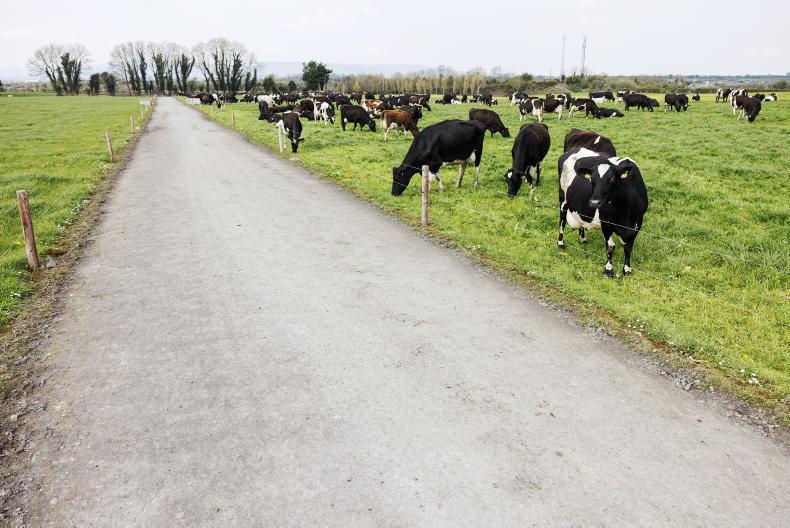
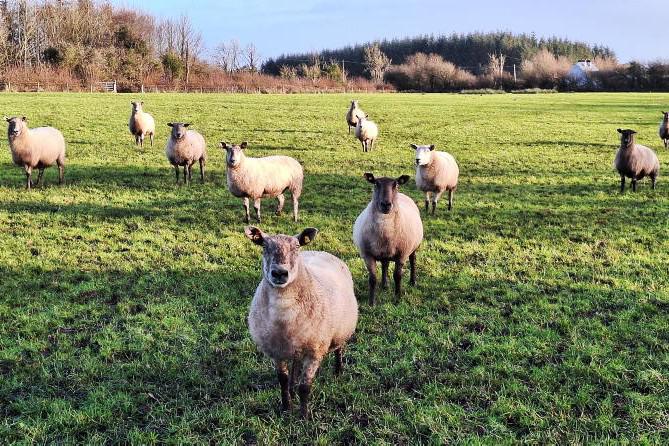

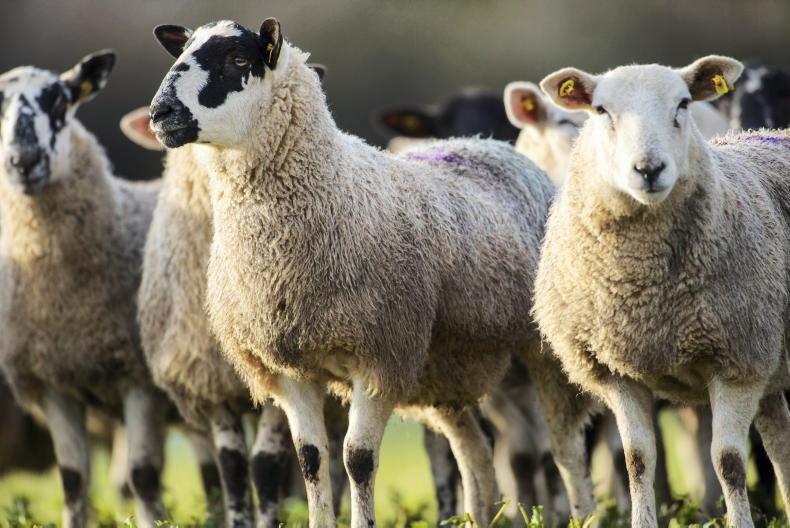
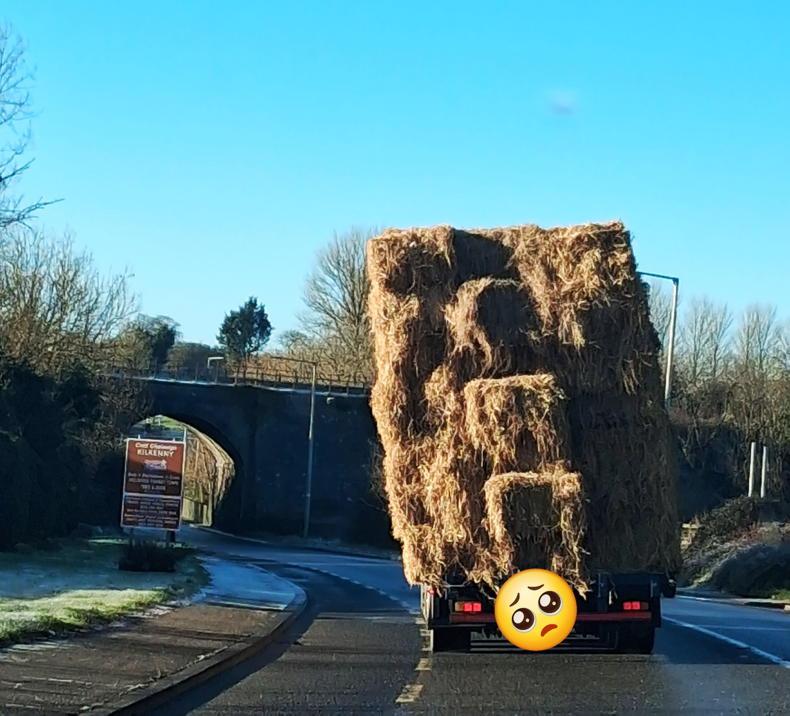
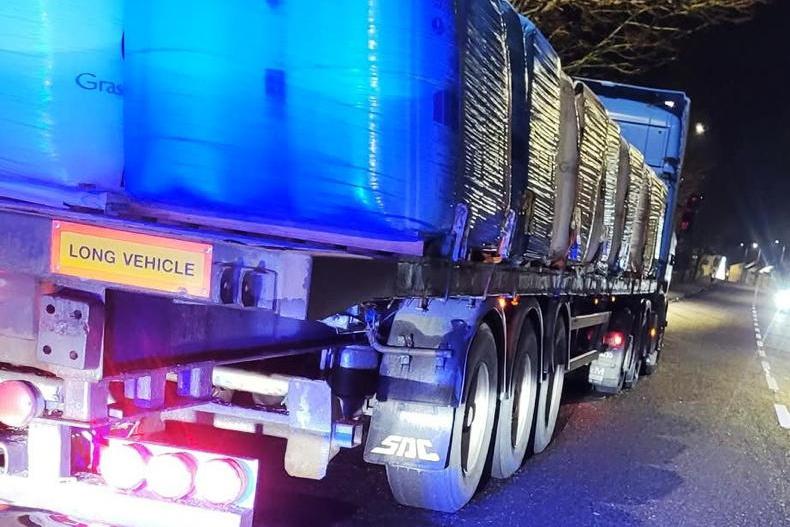
SHARING OPTIONS